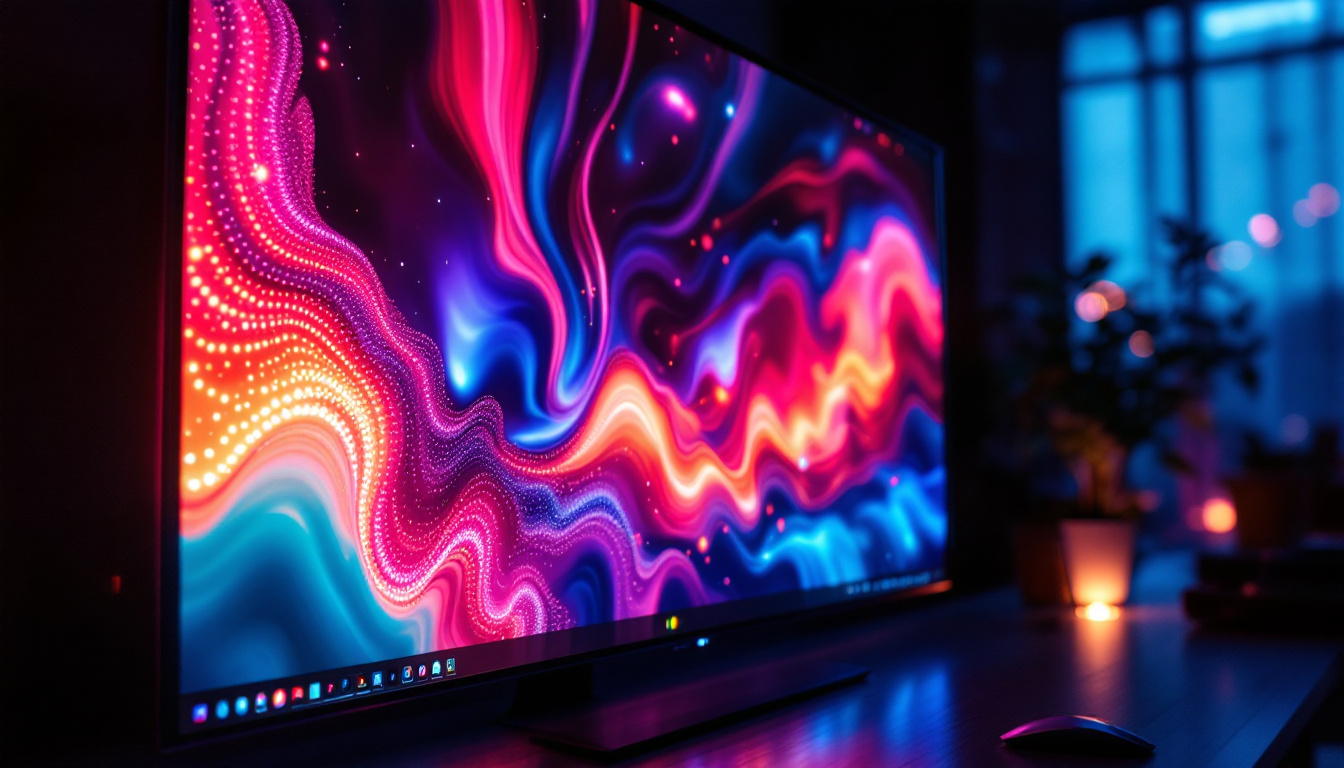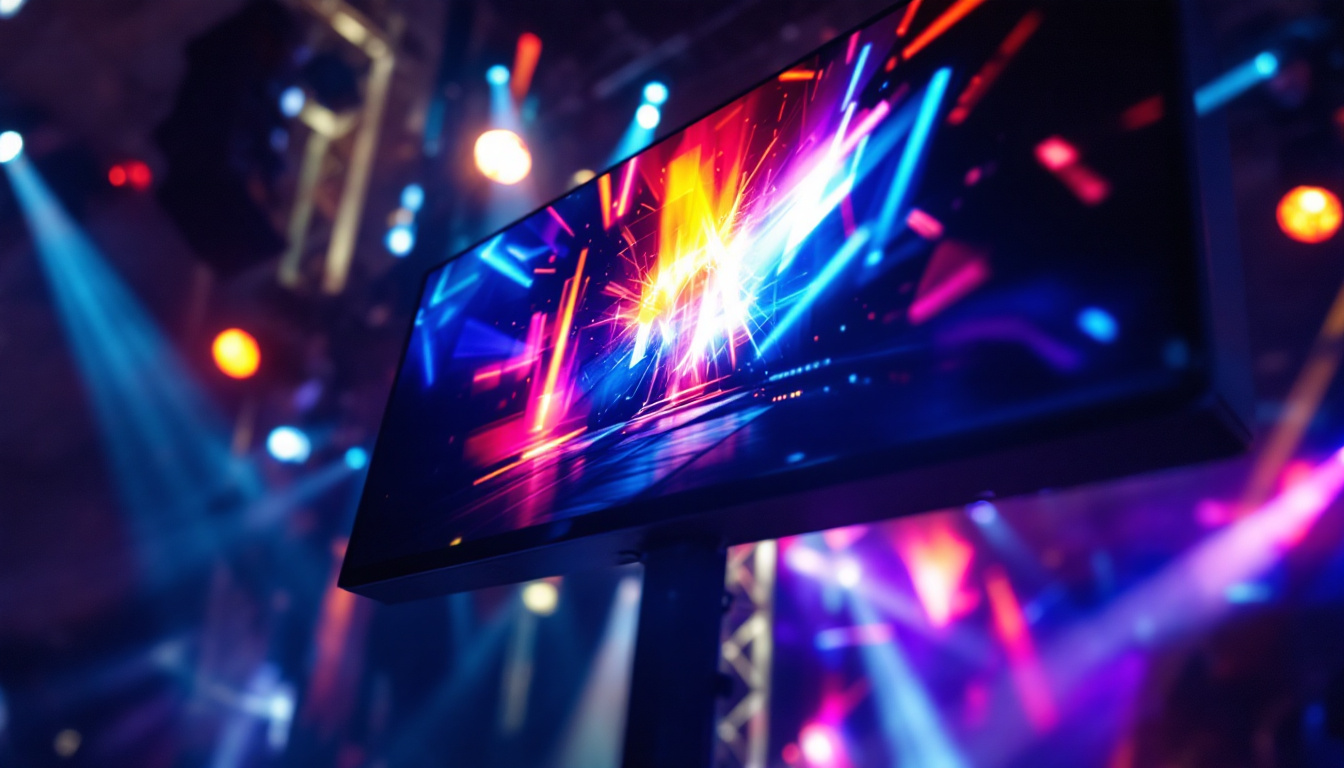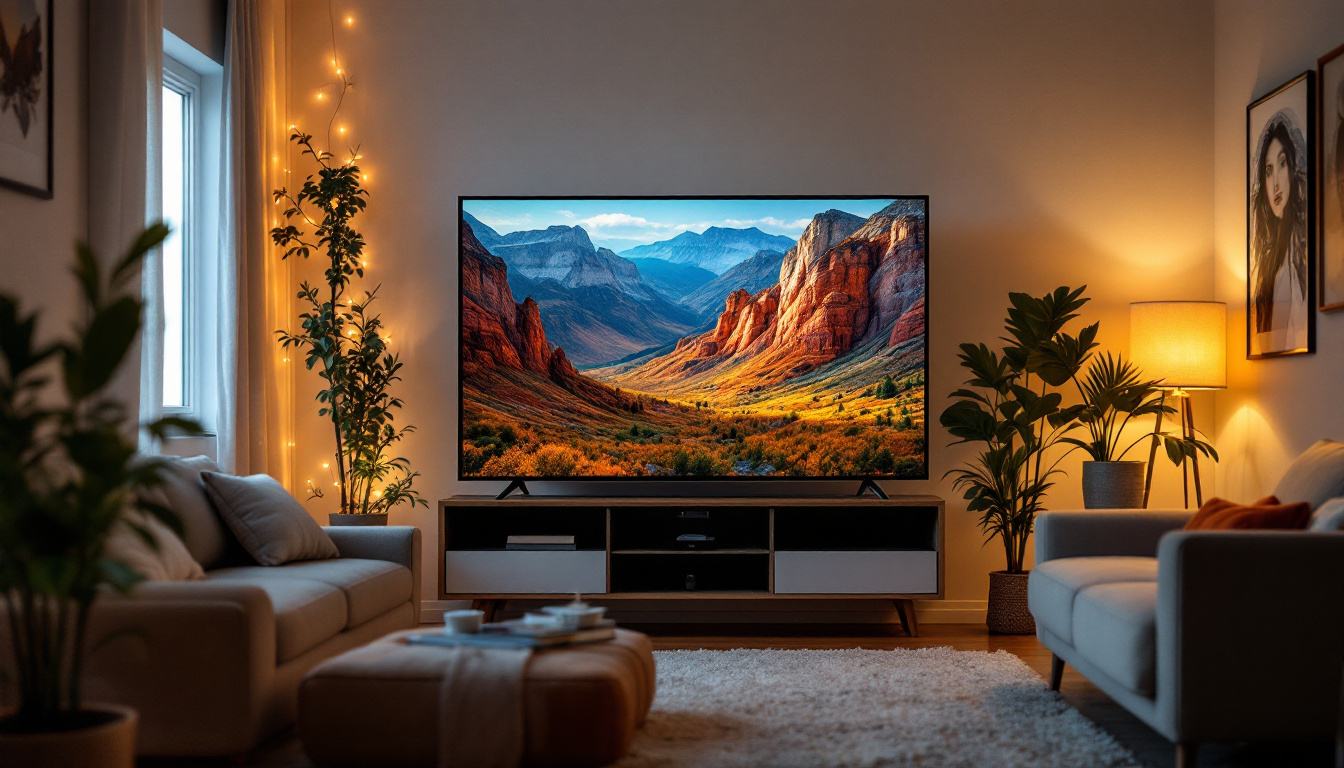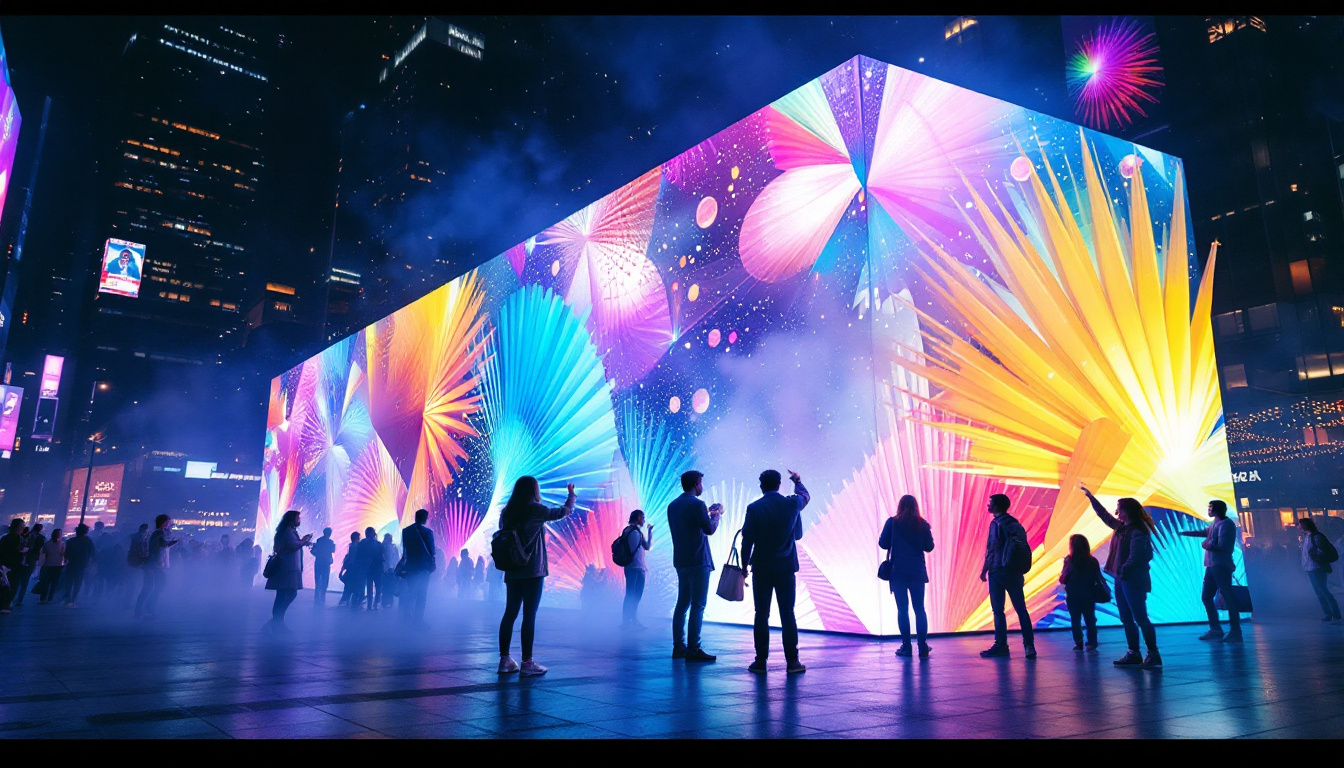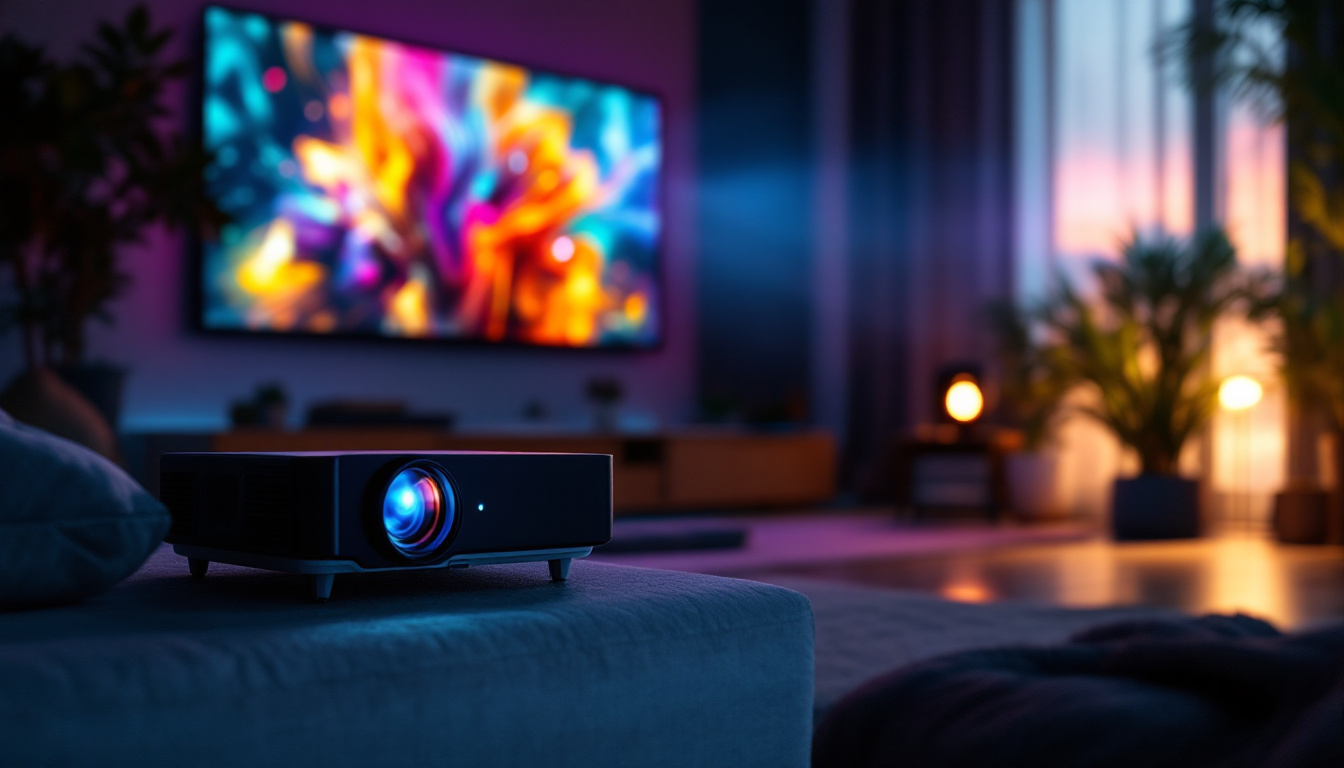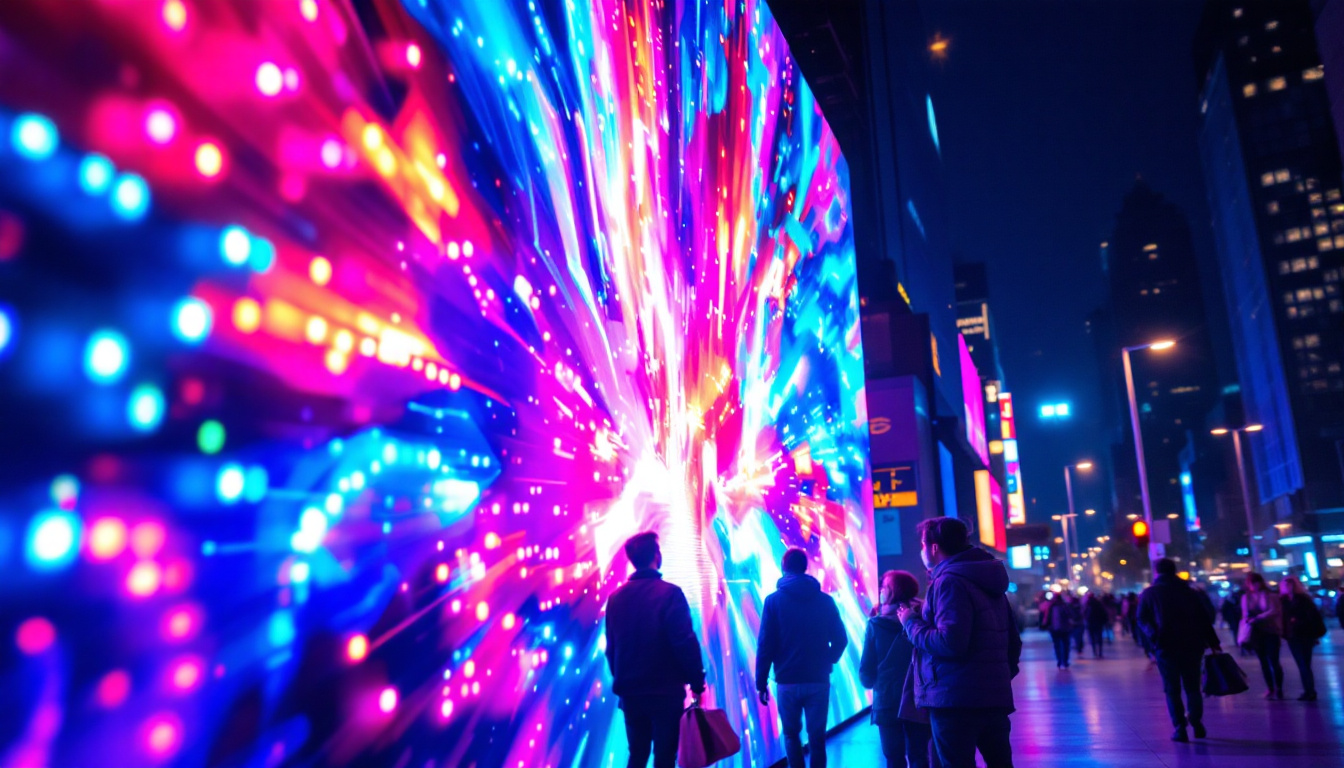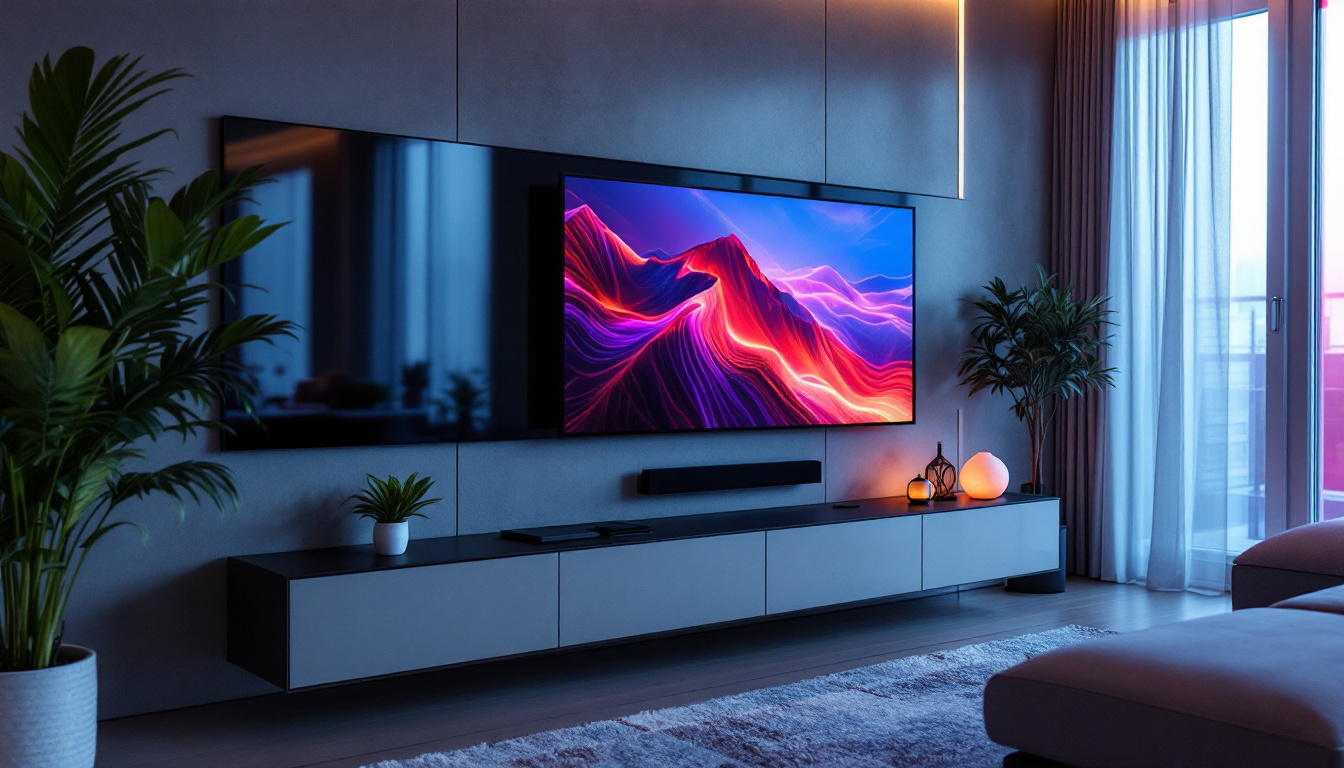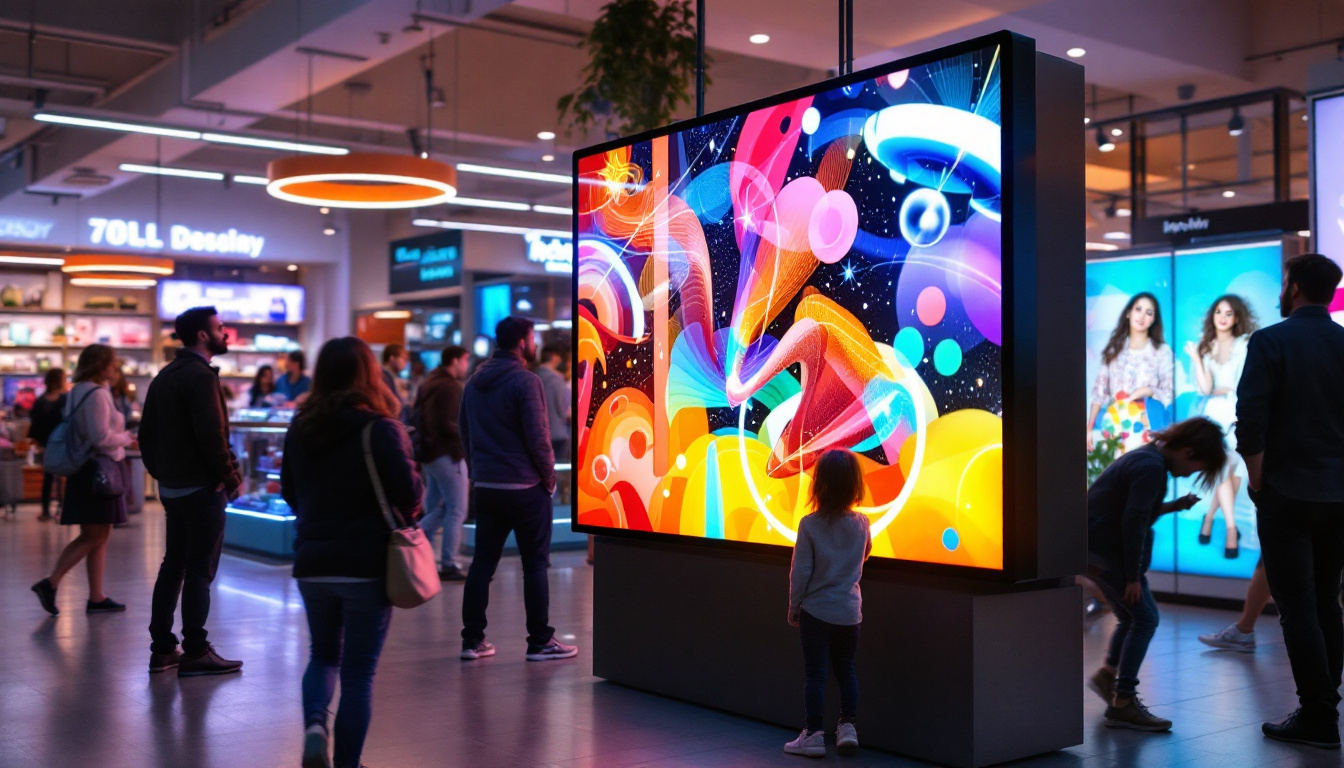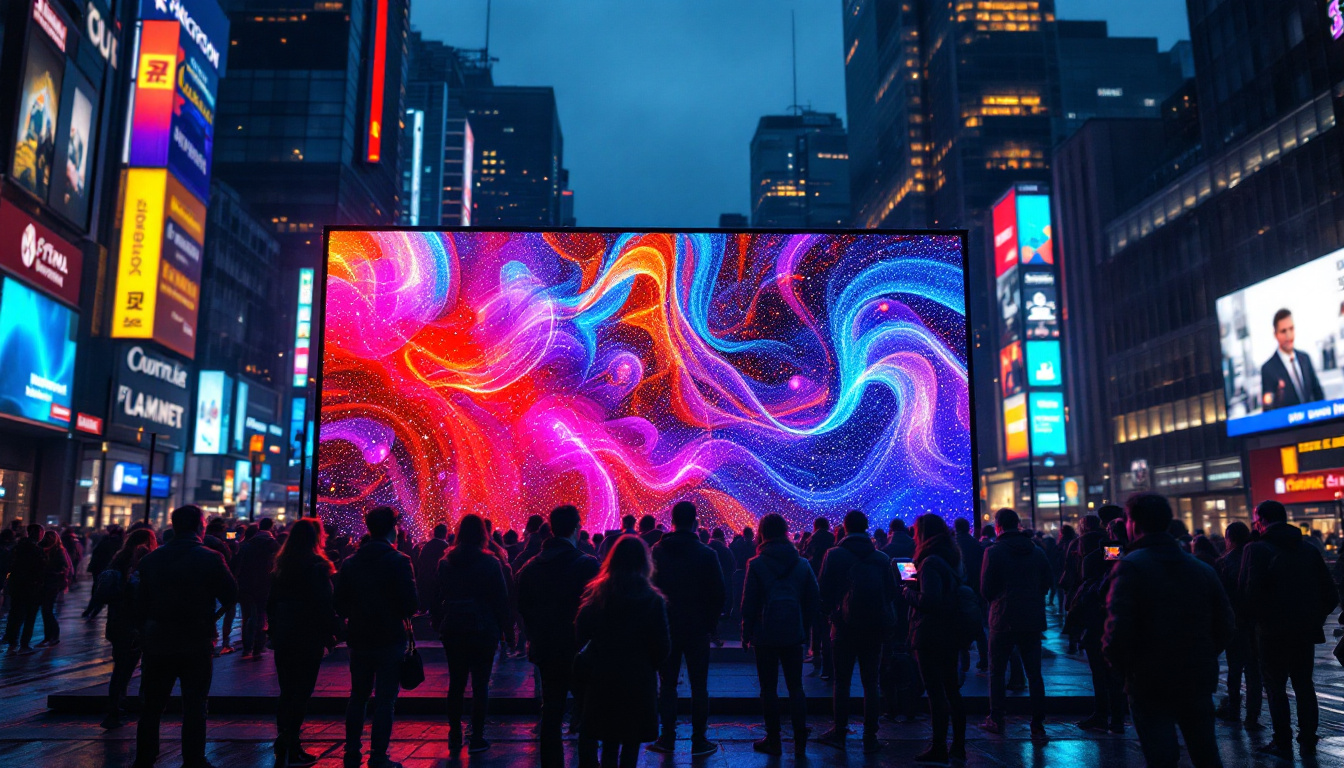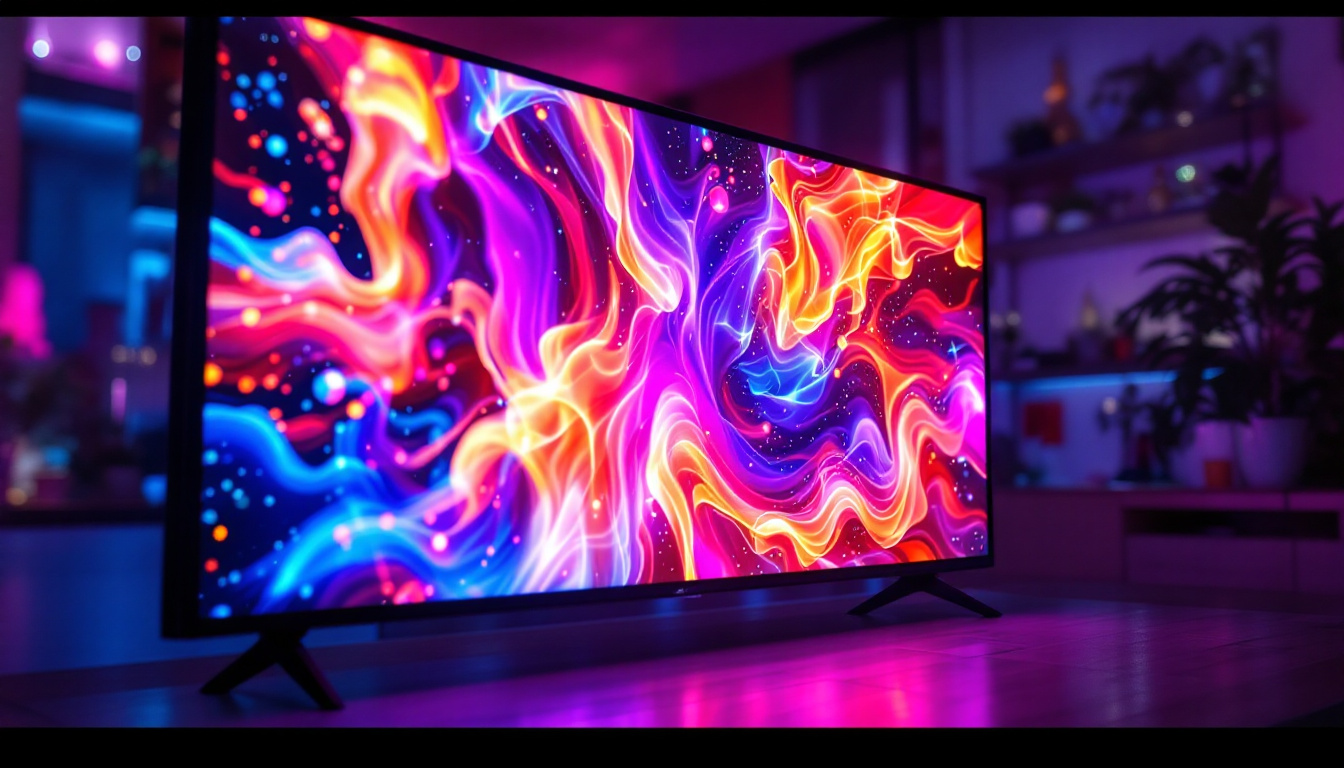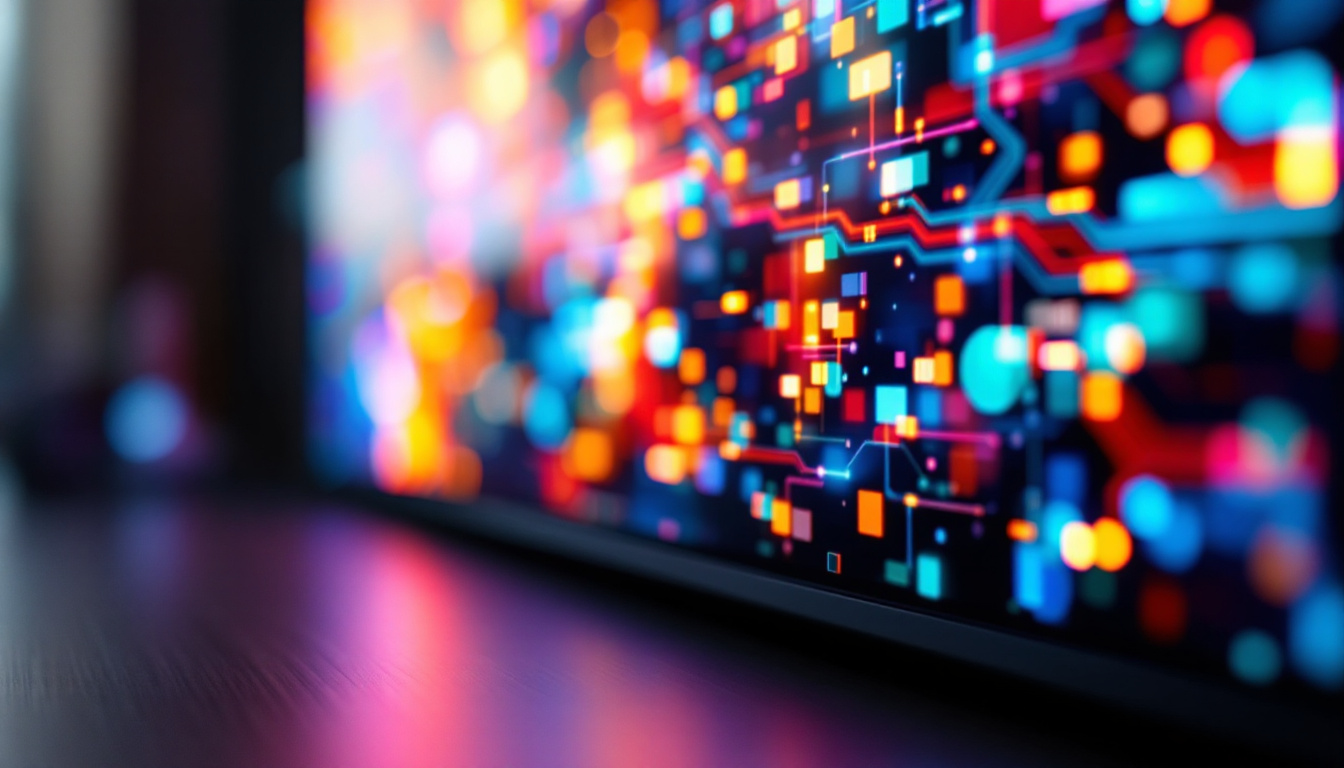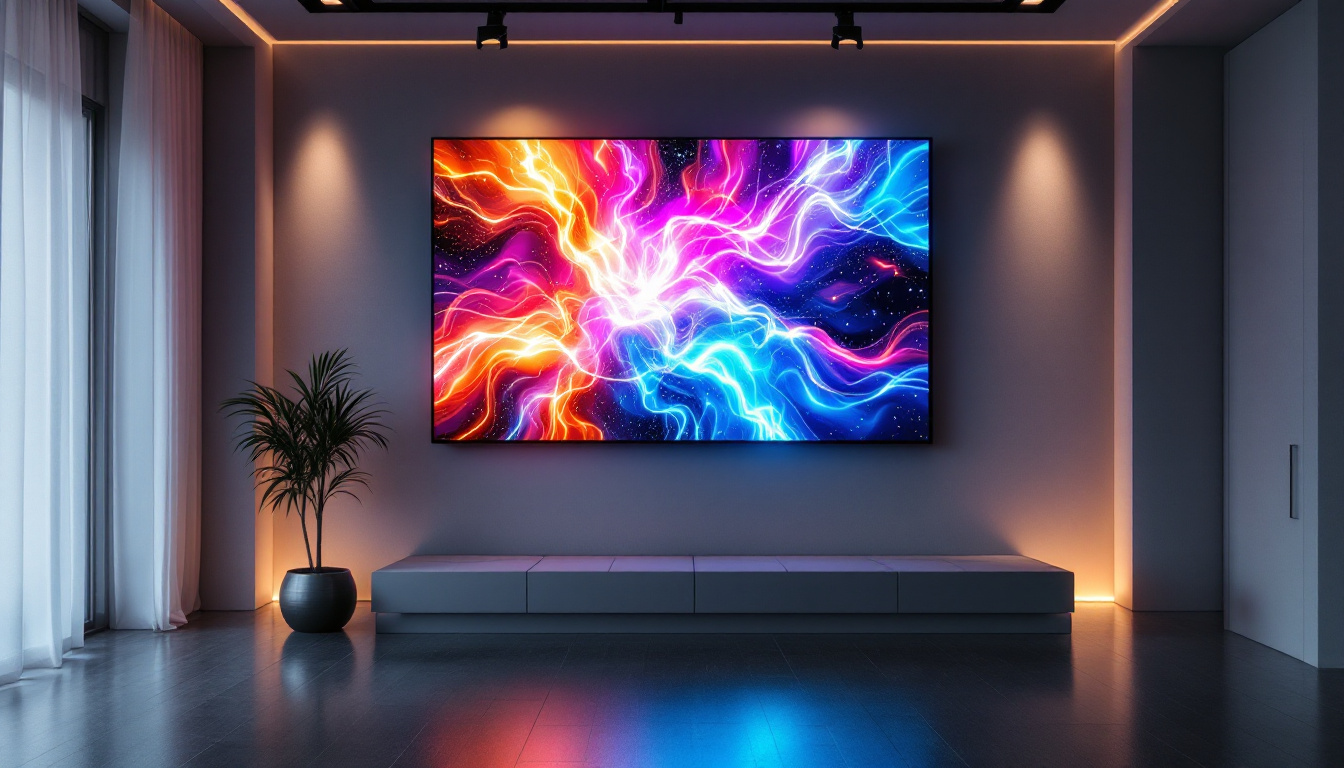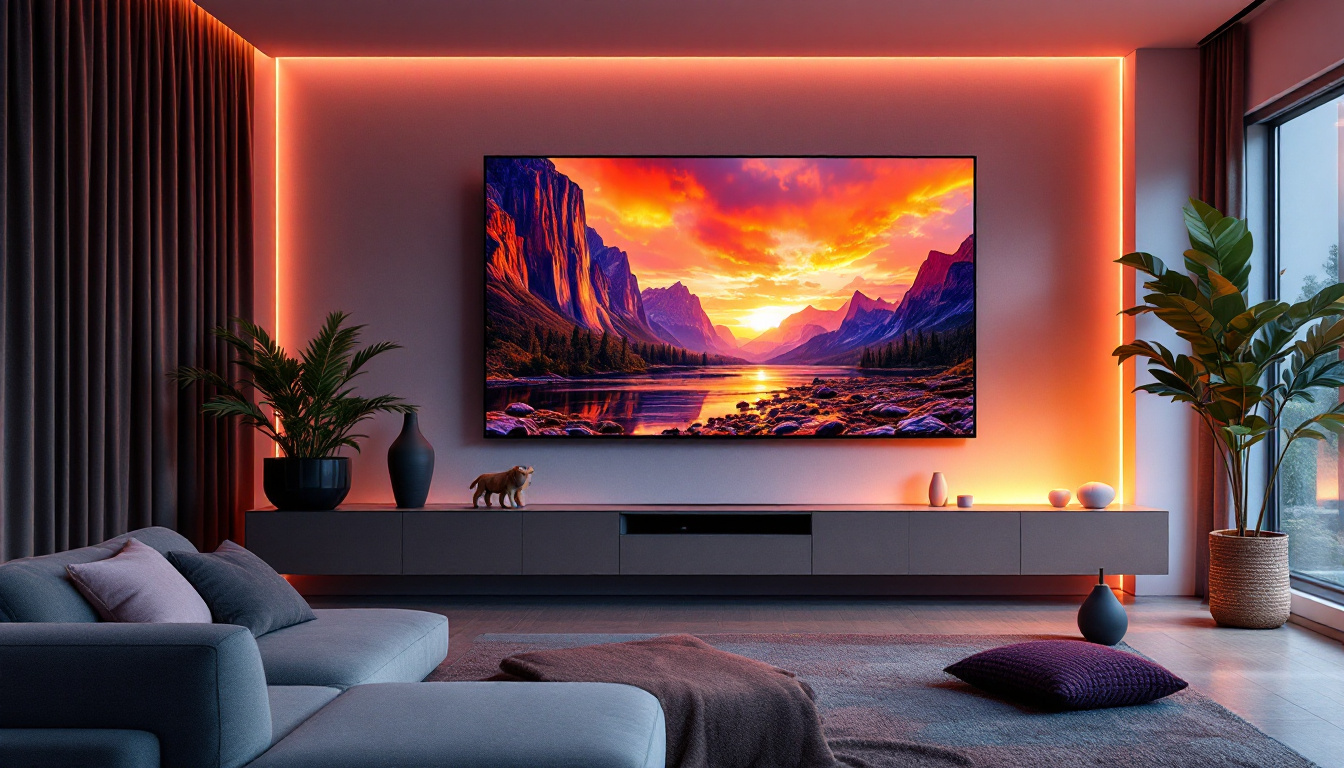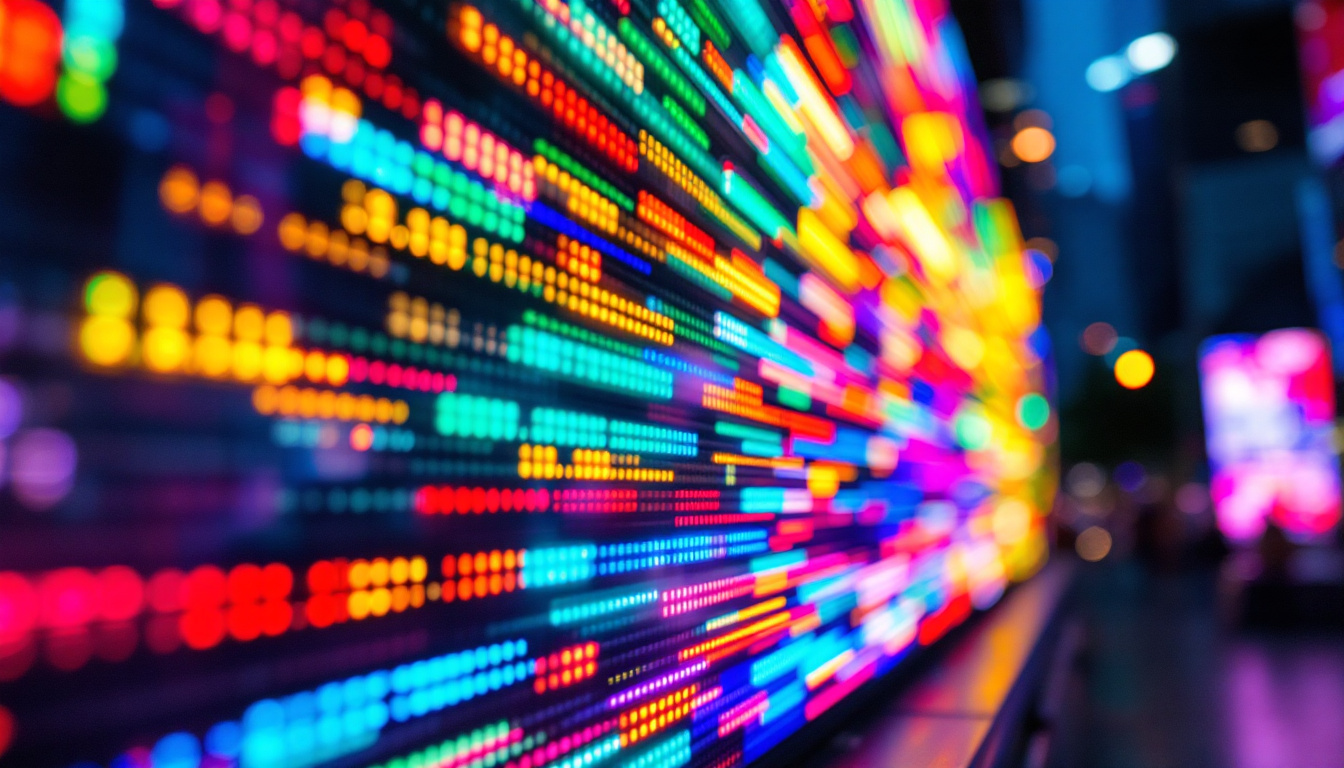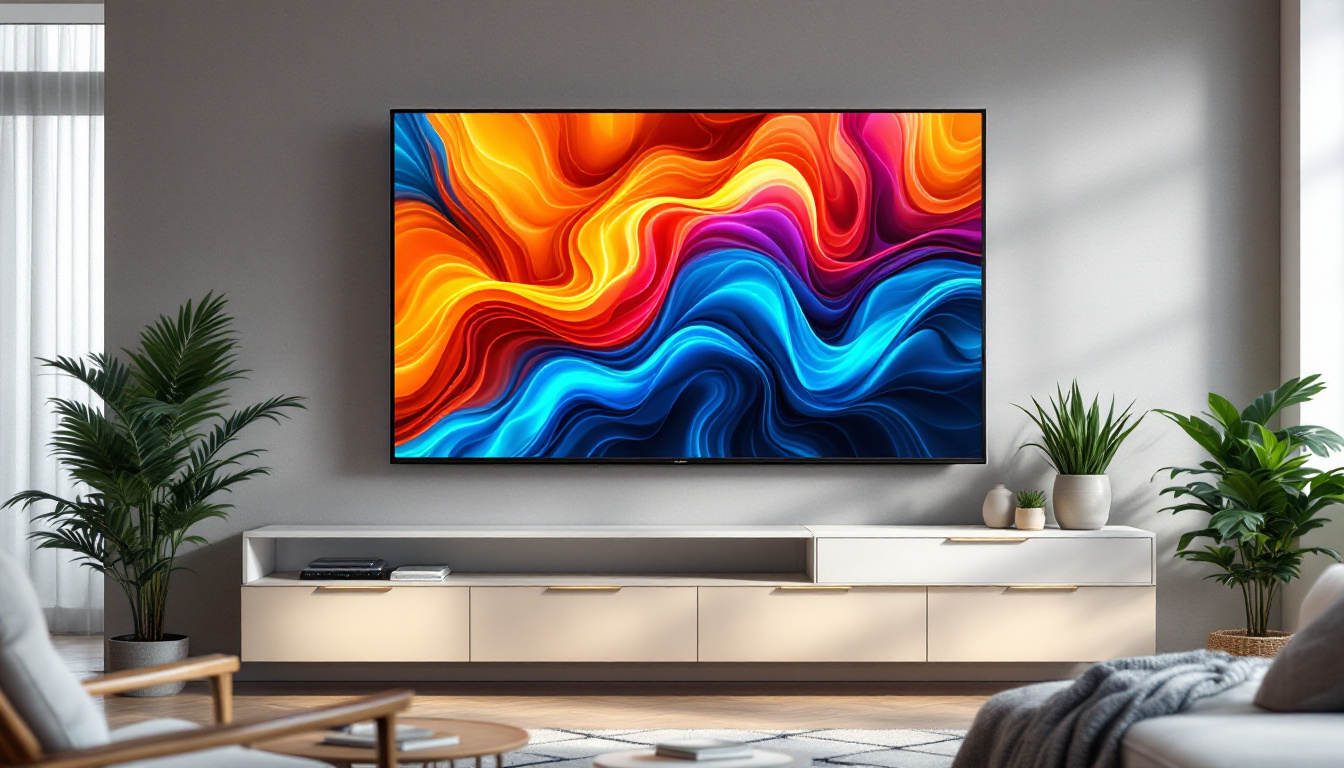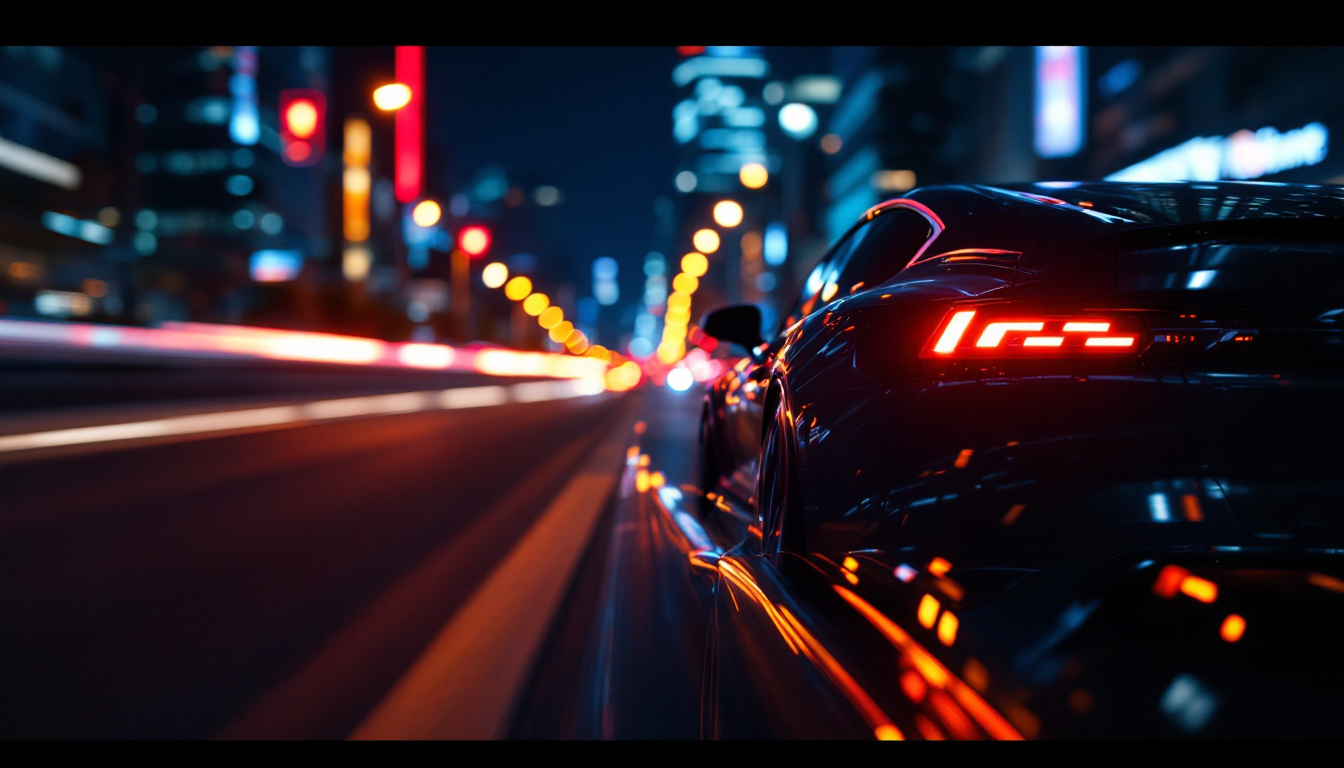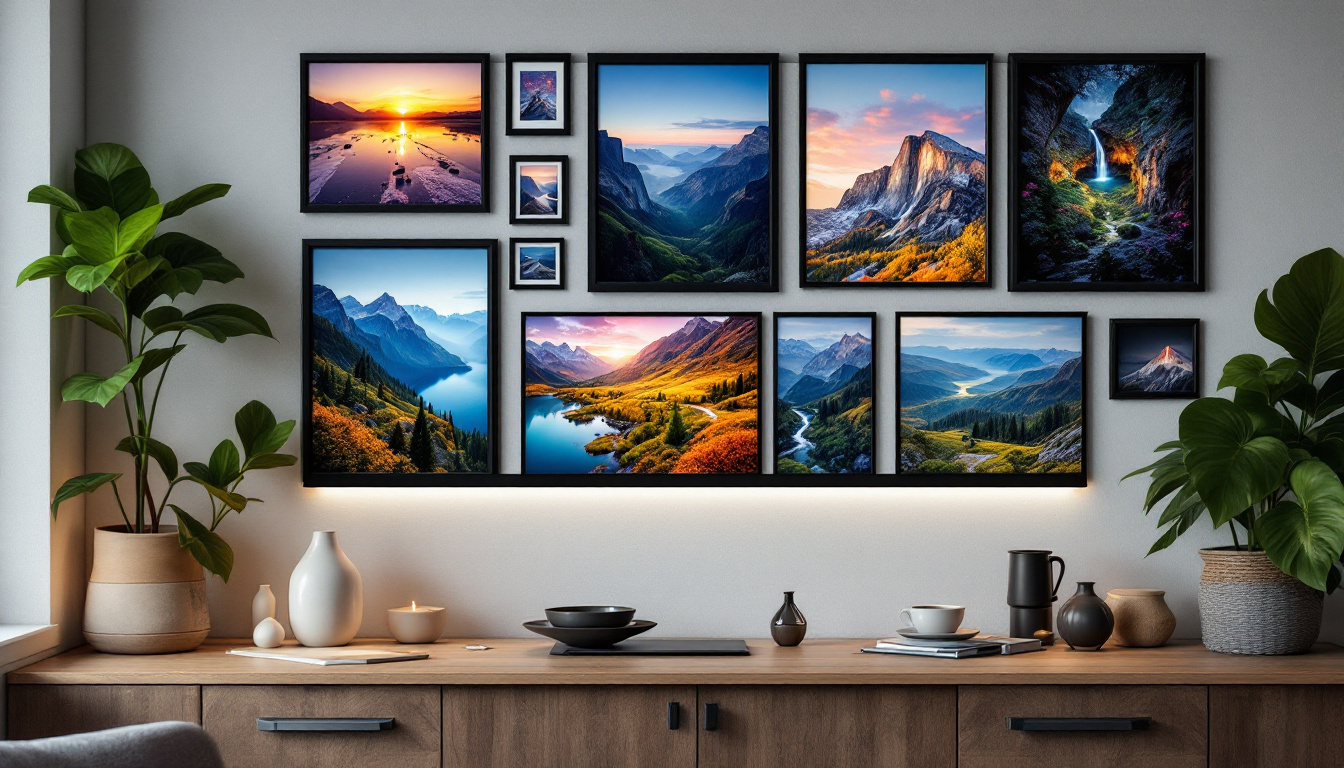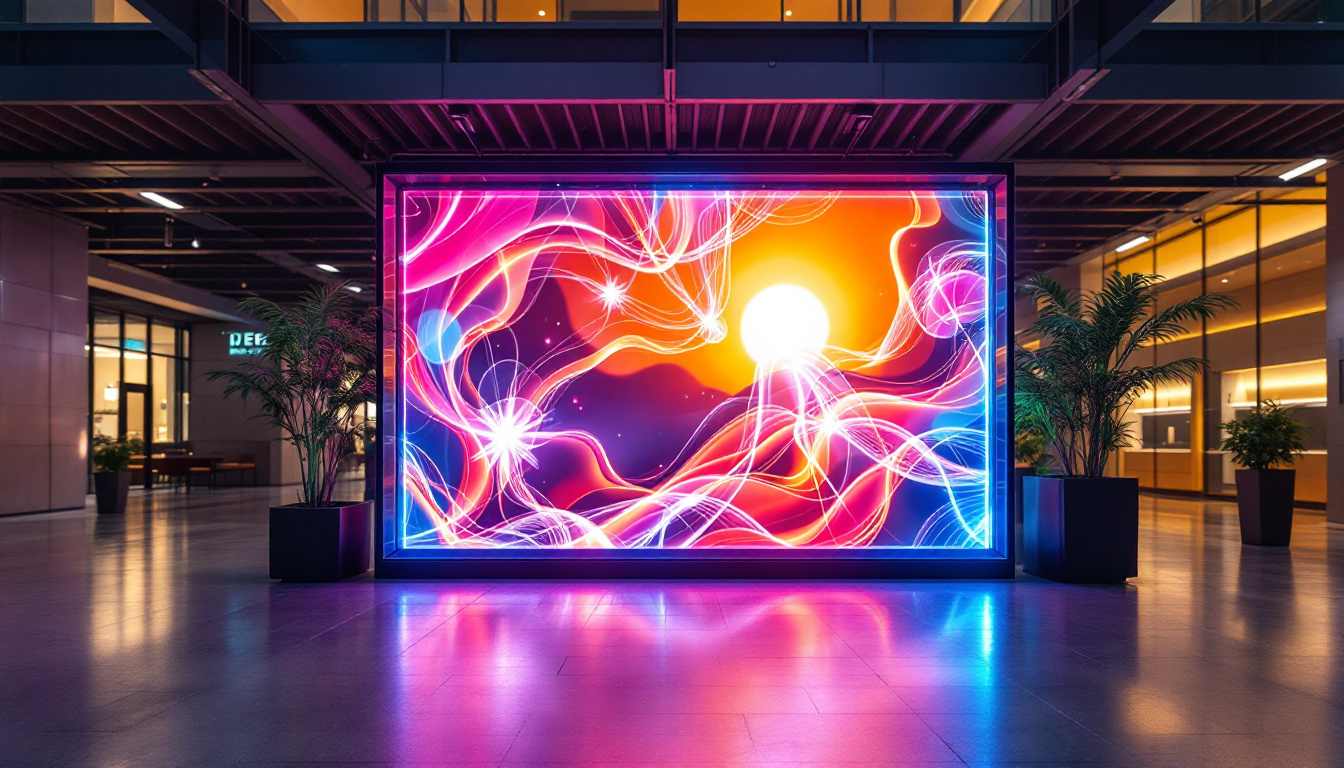In the realm of modern technology, the term “LED backlit display” has become increasingly prevalent. This technology has revolutionized the way we perceive images on screens, whether they are found in televisions, computer monitors, or mobile devices. Understanding the intricacies of LED backlit displays can enhance one’s appreciation for the technology that powers our daily visual experiences. This article delves into the fundamentals of LED displays, their advantages, and how they compare to other display technologies.
What is an LED Backlit Display?
An LED backlit display utilizes light-emitting diodes (LEDs) to illuminate the screen from behind or the sides. Unlike traditional LCD screens that rely on fluorescent lights for backlighting, LED displays provide a more efficient and versatile lighting solution. This technology not only enhances brightness but also improves color accuracy and contrast, resulting in a superior viewing experience. The energy efficiency of LED backlit displays is particularly noteworthy, as they consume significantly less power than their fluorescent counterparts, making them an environmentally friendly choice for consumers and businesses alike.
How LED Backlighting Works
The fundamental principle behind LED backlighting is relatively straightforward. In an LED backlit display, a series of LEDs are positioned either behind the liquid crystal display (LCD) panel or along its edges. When these LEDs are activated, they emit light that passes through the liquid crystals, which modulate the light to create images. The arrangement of the LEDs can vary, leading to different types of backlighting techniques, such as direct and edge-lit.
Direct backlighting involves placing the LEDs directly behind the LCD panel, allowing for uniform brightness across the screen. In contrast, edge-lit displays position the LEDs along the edges, using a light guide to distribute the light evenly across the screen. Each method has its advantages and drawbacks, influencing factors like brightness, contrast, and thickness of the display. Moreover, advancements in technology have led to the development of local dimming features in full-array backlit displays, which allow specific areas of the screen to dim or brighten independently, further enhancing the contrast ratio and overall picture quality.
Types of LED Backlit Displays
There are primarily two types of LED backlit displays: standard LED and OLED (Organic Light Emitting Diode). While both technologies utilize LEDs, they operate differently. Standard LED displays use liquid crystals to control the light emitted by the LEDs, whereas OLED displays generate their own light, eliminating the need for a backlight altogether. This fundamental difference allows OLED displays to achieve true blacks and a wider color gamut, making them a popular choice for high-end televisions and professional monitors.
Standard LED displays are further categorized into two subtypes: edge-lit and full-array. Edge-lit displays are thinner and lighter, making them ideal for sleek designs, while full-array displays offer better contrast and color accuracy due to their direct backlighting. Additionally, the evolution of quantum dot technology has introduced a new category of LED displays known as QLED, which enhances color reproduction and brightness by using quantum dots to convert the light emitted by the LEDs into a broader spectrum of colors. This innovation not only improves the visual experience but also opens up new possibilities for display applications in various fields, from gaming to graphic design, where color precision is paramount.
Advantages of LED Backlit Displays
LED backlit displays come with a plethora of advantages that make them a popular choice among consumers and manufacturers alike. These benefits range from energy efficiency to superior image quality, making them a compelling option in today’s market.
Energy Efficiency
One of the most significant advantages of LED backlit displays is their energy efficiency. Compared to traditional LCDs that use fluorescent backlighting, LED displays consume less power, leading to lower electricity bills and a reduced environmental impact. This energy efficiency is particularly beneficial for large screens, such as televisions, where the difference in power consumption can be substantial. Furthermore, many LED displays are designed with smart technology that adjusts brightness based on ambient light, optimizing energy use even further and contributing to a more sustainable lifestyle.
Improved Brightness and Contrast
LED technology allows for higher brightness levels and improved contrast ratios. This enhancement is particularly noticeable in bright environments, where LED backlit displays can maintain clarity and vivid colors. The ability to achieve deeper blacks and brighter whites enhances the overall viewing experience, making it more immersive. Additionally, the color accuracy of LED displays is often superior, making them ideal for professionals in graphic design and photography who require precise color representation. This capability ensures that images and videos appear as intended, providing a true-to-life viewing experience that captivates audiences.
Longevity and Durability
LEDs are known for their longevity, often lasting tens of thousands of hours. This durability translates to a longer lifespan for devices equipped with LED backlit displays, reducing the need for frequent replacements. Additionally, LED displays are less susceptible to screen burn-in, a common issue with other display technologies, ensuring that the quality of the display remains consistent over time. The robust nature of LED technology also means that these displays can withstand a wider range of temperatures and conditions, making them suitable for various environments, from home theaters to outdoor installations. This resilience not only enhances their appeal but also contributes to lower maintenance costs over the lifespan of the device.
Comparing LED Backlit Displays with Other Technologies
To fully appreciate the advantages of LED backlit displays, it is essential to compare them with other display technologies, such as LCD, OLED, and plasma displays. Each technology has its unique characteristics, influencing their performance in various applications.
LED vs. LCD
While LED displays are technically a subset of LCD technology, the distinction lies in the backlighting method. Traditional LCDs use fluorescent lights, which can result in less vibrant colors and lower contrast ratios. In contrast, LED backlit displays provide better brightness and color accuracy, making them a preferred choice for consumers seeking high-quality visuals.
LED vs. OLED
OLED displays offer several advantages over LED backlit displays, particularly in terms of color reproduction and viewing angles. Since OLED panels emit their own light, they can achieve true blacks and a wider color gamut. However, OLED technology can be more expensive and is prone to burn-in, which can affect long-term usage. LED backlit displays, while not as visually stunning as OLEDs, strike a balance between performance and cost, making them accessible to a broader audience.
LED vs. Plasma
Plasma displays were once the gold standard for high-quality visuals, particularly in large screen formats. However, they have largely fallen out of favor due to their higher power consumption and susceptibility to screen burn-in. LED backlit displays, with their energy efficiency and durability, have largely replaced plasma technology in the consumer market.
Applications of LED Backlit Displays
LED backlit displays are utilized in a wide range of applications, from consumer electronics to professional settings. Their versatility and superior performance make them suitable for various environments.
Televisions
One of the most common applications of LED backlit displays is in televisions. With advancements in technology, consumers can now enjoy high-definition content with vibrant colors and deep contrasts. Smart TVs equipped with LED displays often feature additional functionalities, such as streaming services and interactive capabilities, enhancing the viewing experience.
Computer Monitors
LED backlit displays have also become the standard in computer monitors. Whether for gaming, graphic design, or everyday office tasks, these displays provide the clarity and responsiveness needed for optimal performance. Features such as high refresh rates and low response times are often coupled with LED technology, making them ideal for demanding applications.
Mobile Devices
In the realm of mobile devices, LED backlit displays are ubiquitous. Smartphones and tablets utilize this technology to deliver vibrant visuals and energy-efficient performance. The compact nature of LED displays allows for thinner and lighter devices without compromising on screen quality.
Future Trends in LED Display Technology
The landscape of LED display technology is continually evolving, with innovations poised to enhance performance and user experience. Several trends are shaping the future of LED displays, promising exciting developments in the coming years.
MicroLED Technology
MicroLED technology represents the next frontier in display innovation. MicroLEDs are tiny, self-emitting diodes that can produce their own light, similar to OLEDs. This technology offers the potential for even greater brightness, contrast, and color accuracy, while also eliminating the risk of burn-in. As MicroLED technology matures, it may redefine the standards for display quality across various applications.
Flexible and Foldable Displays
Another trend gaining traction is the development of flexible and foldable LED displays. These innovative designs allow for new form factors in devices, enabling screens that can bend and fold without sacrificing image quality. This flexibility opens up possibilities for new device designs, enhancing portability and user experience.
Enhanced Color Accuracy and HDR
High Dynamic Range (HDR) technology is becoming increasingly important in display technology. LED backlit displays are evolving to support HDR content, which provides a wider range of colors and contrasts. This advancement allows for more lifelike images, enhancing the overall viewing experience across various media.
Conclusion
LED backlit displays have transformed the way we interact with technology, providing vibrant visuals and energy-efficient performance. Their advantages over traditional display technologies make them a popular choice in various applications, from televisions to mobile devices. As technology continues to advance, the future of LED displays looks promising, with innovations such as MicroLED and flexible displays on the horizon.
Understanding the intricacies of LED backlit displays not only enhances appreciation for the technology but also informs purchasing decisions. As consumers become more aware of the benefits and capabilities of LED technology, it is likely to remain a dominant force in the display market for years to come.
Discover Cutting-Edge LED Display Solutions
Ready to experience the future of LED technology firsthand? LumenMatrix is at the forefront of LED display innovation, offering a wide array of solutions tailored to meet your needs. From Indoor and Outdoor LED Wall Displays to specialized options like Vehicle LED Displays, LED Sports Displays, and even Custom LED solutions, we have everything you need to create impactful visual communications. Elevate your brand visibility and captivate your audience with our state-of-the-art LED display modules. Don’t miss out on the opportunity to transform your space with vibrant, energy-efficient LED displays. Check out LumenMatrix LED Display Solutions today and see the difference for yourself.

